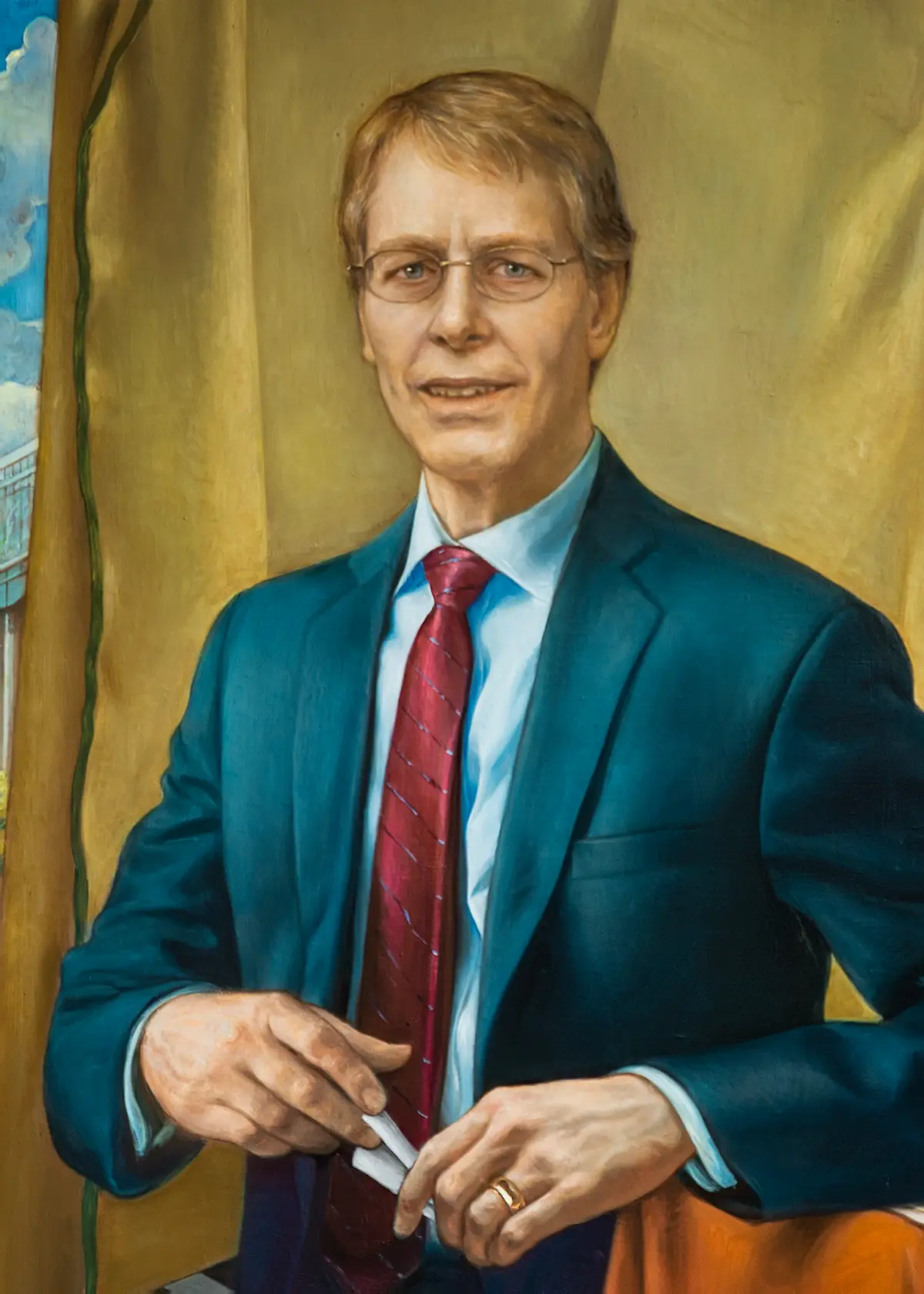
Nobel Laureates
More than a century ago, Alfred Nobel — Swedish scientist, inventor and entrepreneur — bequeathed his fortune in service of a high-minded purpose. He directed the awarding of prizes to those individuals conferring the “greatest benefit on mankind” in a number of cultural and scientific fields. The Nobel Prizes are still considered the most prestigious honors given in their respective disciplines.
Four decades after Nobel’s last wishes were carried out, a gift from William Larimer Mellon allowed the Carnegie Institute of Technology to establish the Graduate School of Industrial Administration, since renamed the Tepper School of Business. The university’s vision was to create a leading research institution with a revolutionary interdisciplinary focus, integrating the social sciences and introducing an analytic, scientific approach. The pioneers from that era created a new standard for business management education and the Tepper School continues as a leader today.
The groundbreaking research of these great minds spans the study of bounded rationality, labor models, corporate finance and more. It has had influential impact on academic thought, corporate behavior and governmental policy.

Awarded prize in 2013
Lars Peter Hansen was born in Champaign, Illinois, in 1952. He completed undergraduate studies at Utah State University, earning a B.S. in mathematics and political science in 1974. He continued his studies at the University of Minnesota where he earned a Ph.D. in economics in 1978. He joined the faculty at Carnegie Mellon University’s Graduate School of Industrial Administration (Tepper School of Business) in 1978 and demonstrated his brilliance as a researcher, beginning work on new analytical methods that have become widely utilized throughout economics. He joined the faculty at the University of Chicago in 1981 and was the David Rockefeller Distinguished Service Professor of Economics at the time of his Nobel Prize recognition.
Hansen was awarded the 2013 Sveriges Riksbank Prize in Economic Sciences in Memory of Alfred Nobel along with two distinguished research colleagues, Eugene F. Fama, the Robert R. McCormick Distinguished Service Professor of Finance at the University of Chicago, and Robert J. Shiller, the Sterling Professor of Economics at Yale University, “for their empirical analysis of asset prices.”
During his first few years at CMU, Hansen published several path-breaking papers that had lasting influence in econometrics, macro-economics and finance. One of the most influential of these was titled “Generalized Instrumental Variables Estimation of Nonlinear Rational Expectations Models,” co-authored by former faculty member Kenneth J. Singleton. This research was celebrated in 2007 at CMU during a special conference on its 25th anniversary, titled “Advances in Theory-Based Estimation.” He also has been recognized for work with Ravi Jagannathan, Ph.D. ’83 that created the “Hansen–Jagannathan Bound,” an important theorem in financial economics.
Hansen says of Carnegie Mellon:
In a 2007 interview, conducted jointly with Singleton, Hansen expressed that coming to Carnegie Mellon University in 1978 was a “very good choice.” He credits individuals including Dennis Epple, who headed the school’s junior recruiting committee at the time, as being able to recognize the potential in his research, even though it was not very far along at the time.
Hansen described the environment at Carnegie Mellon as being dynamic, having an “incredible junior faculty” who were very interactive, eager to learn and to explore academic areas outside their own. He said, “I could go learn finance from people like Scott Richard and I could learn economic dynamics from people like Milton Harris and Rob Townsend and they were also willing to learn. So there was lots of interaction ... I gained a lot from that.”
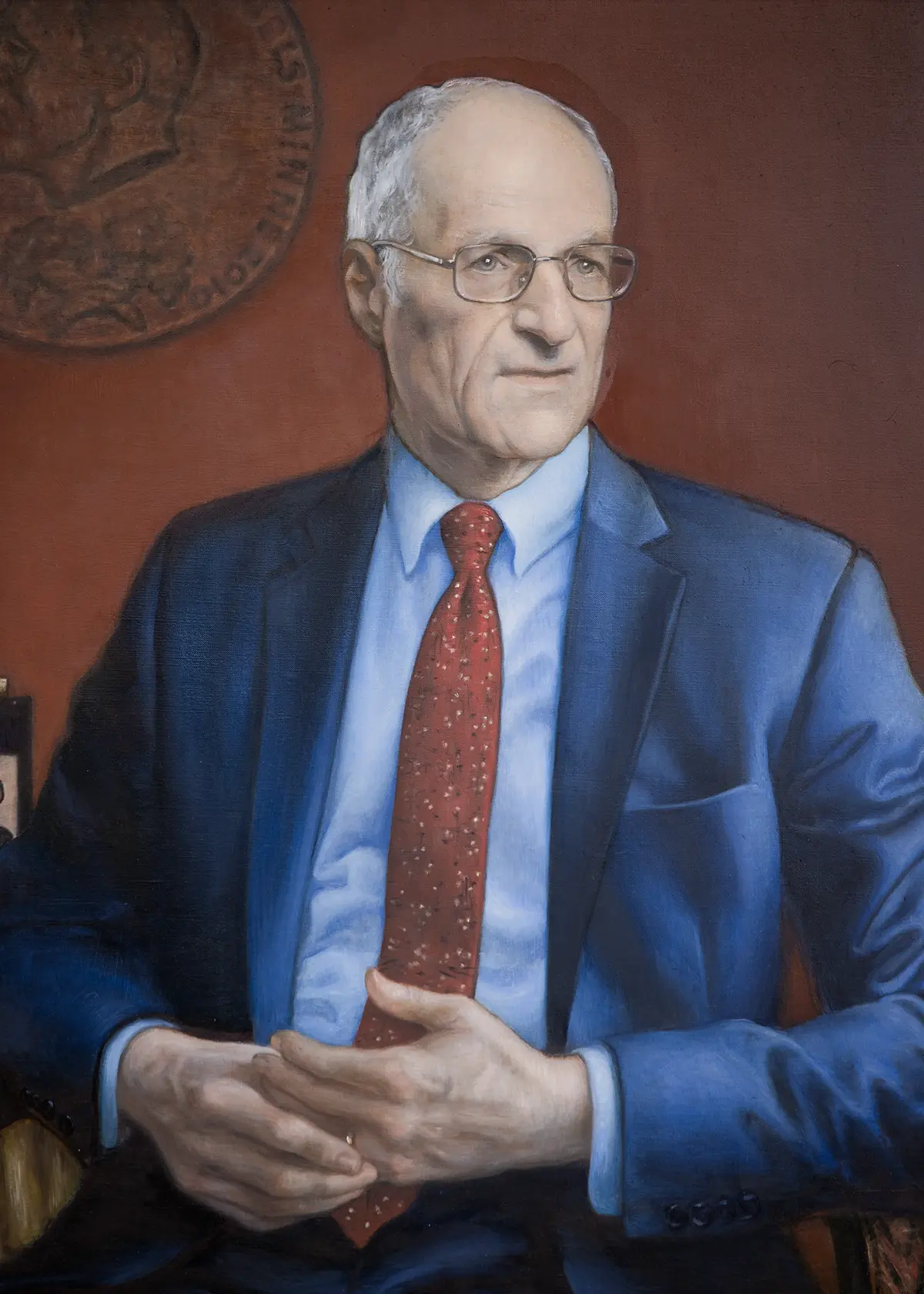
Awarded prize in 2011
Thomas John Sargent (born July 19, 1943) is an American economist and the W.R. Berkley Professor of Economics and Business at New York University. Sargent is a renowned economist specializing in macroeconomics, monetary economics, and time series econometrics. As of 2024, he is ranked as the 38th most-cited economist globally, a testament to his significant contributions to the field. He earned his B.A. from the University of California, Berkeley in 1964, being the University Medalist as Most Distinguished Scholar in Class of 1964, and his Ph.D. from Harvard in 1968. During his postdoctoral work, he served as a Research Affiliate at the Tepper School of Business.
As of 2024, he ranks as the 38th most cited economist in the world. He was awarded the Nobel Memorial Prize in Economics in 2011.
Sargent wrote about his time at the Tepper School:
"I am humbled to be recognized by the Tepper School and be part of a storied legacy of other respected researchers who have won the Nobel Prize in Economics,” Sargent said. “The year I spent at Carnegie Tech (now Carnegie Mellon) changed my life in so many ways.”
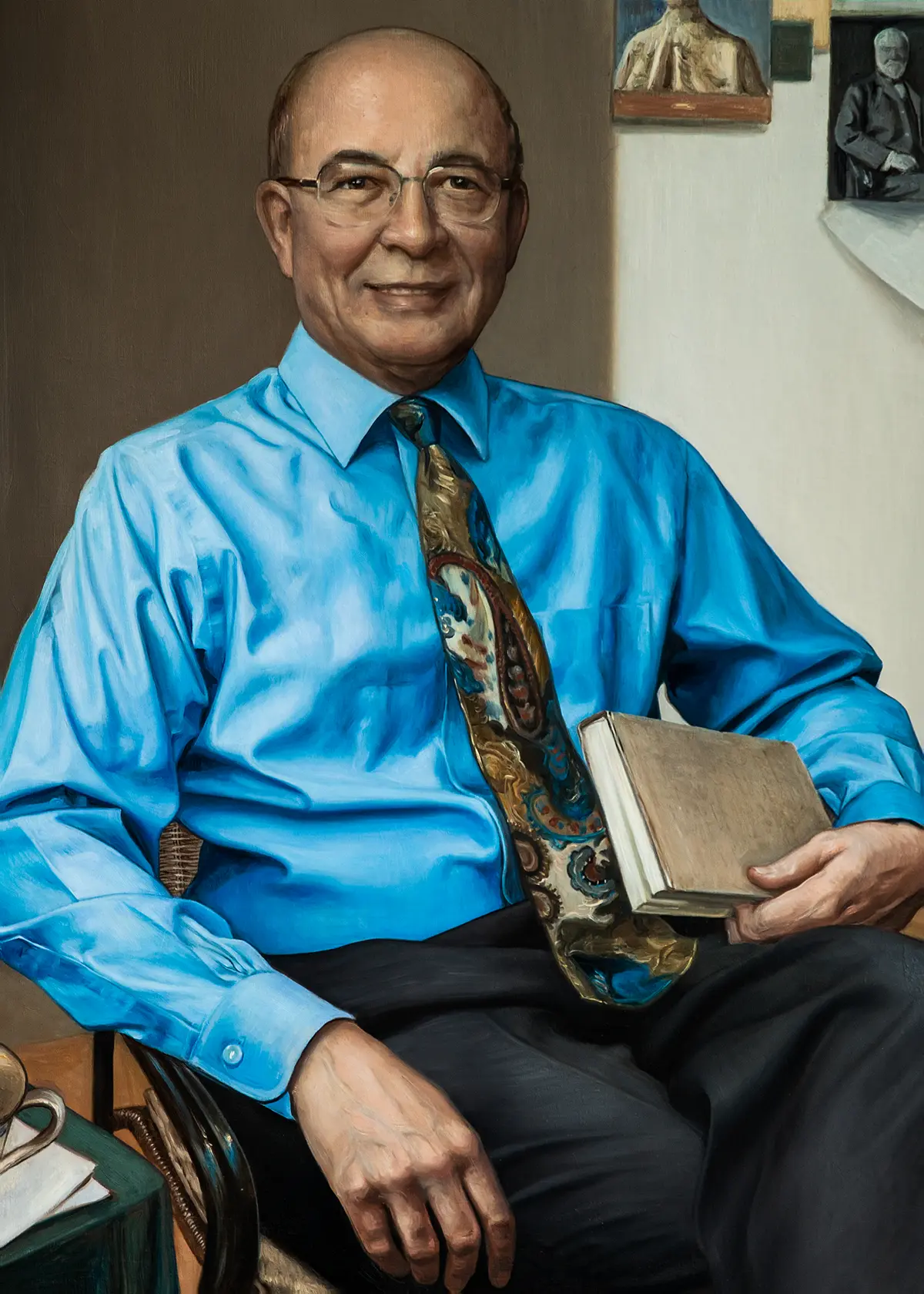
Awarded prize in 2010
Dale Thomas Mortensen was born in Enterprise, Oregon, and spent much of his childhood in a small foresting town in the beautiful Hood River Valley. Inspired by both analytical problem-solving and social history, he attended Oregon’s Willamette University on a full scholarship, earning an undergraduate degree in economics. Mortensen went on to earn his Ph.D. from Carnegie Mellon University’s Graduate School of Industrial Administration in 1967. He joined the faculty of Northwestern University in 1965 and remained there until his death in 2014.
Mortensen was jointly awarded the Nobel Prize in Economic Sciences in 2010 with Christopher Pissarides of the London School of Economics and Peter Diamond of the Massachusetts Institute of Technology “for their analysis of markets with search frictions.”
Mortensen’s work involved the development of a revolutionary quantitative method for analyzing labor markets. He incorporated the concept of search friction, or the time and money required for workers and employers to “match,” as well as the uncertainty and time lapse involved in decision-making. His models demonstrated, for example, that unemployment exists concurrent with job vacancies, and that recessionary job destruction occurs quickly while job creation can be slow, meaning rising employment can lag economic recovery. Mortensen’s insight has proven applicable to numerous other markets, including housing, monetary theory and even marriage. Mortensen’s work, in combination with that of Pissarides and Diamond, is known today as the Diamond-Mortensen-Pissarides model — the dominant method with which economists analyze labor markets.
Mortensen wrote of Carnegie Mellon:
It was an innovative program that emphasized an analytic as well as interdisciplinary approach to the study of economics and management. ... Herbert Simon ... taught us how to think about social phenomena and how to represent those thoughts in a mathematical model. We were also introduced to the wonders ... of the digital computer and taught how to apply it to real computational problems that arose in management using the recently developed methods of linear, non-linear and dynamic programming. We were instructed in the new behavioral approach to the theory of organizations in general by Jim March and Herb Simon and the application of that theory to the analysis of the firm in particular by Richard Cyert and Jim March. ... Carnegie Tech was an amazing place at the time. New ideas of all kinds were in the air. They were not always consistent with each other, as in the case of the conflict between John Muth’s suggestion about how to model expectations as “rational” and Simon’s notion of “bounded rationality.” We students benefited from the lively debates among the faculty. ... In my last two years, I took courses from Robert Lucas and Oliver Williamson with fellow student Ed Prescott, all of whom are now Laureates. In retrospect, it was obviously a very special educational experience.
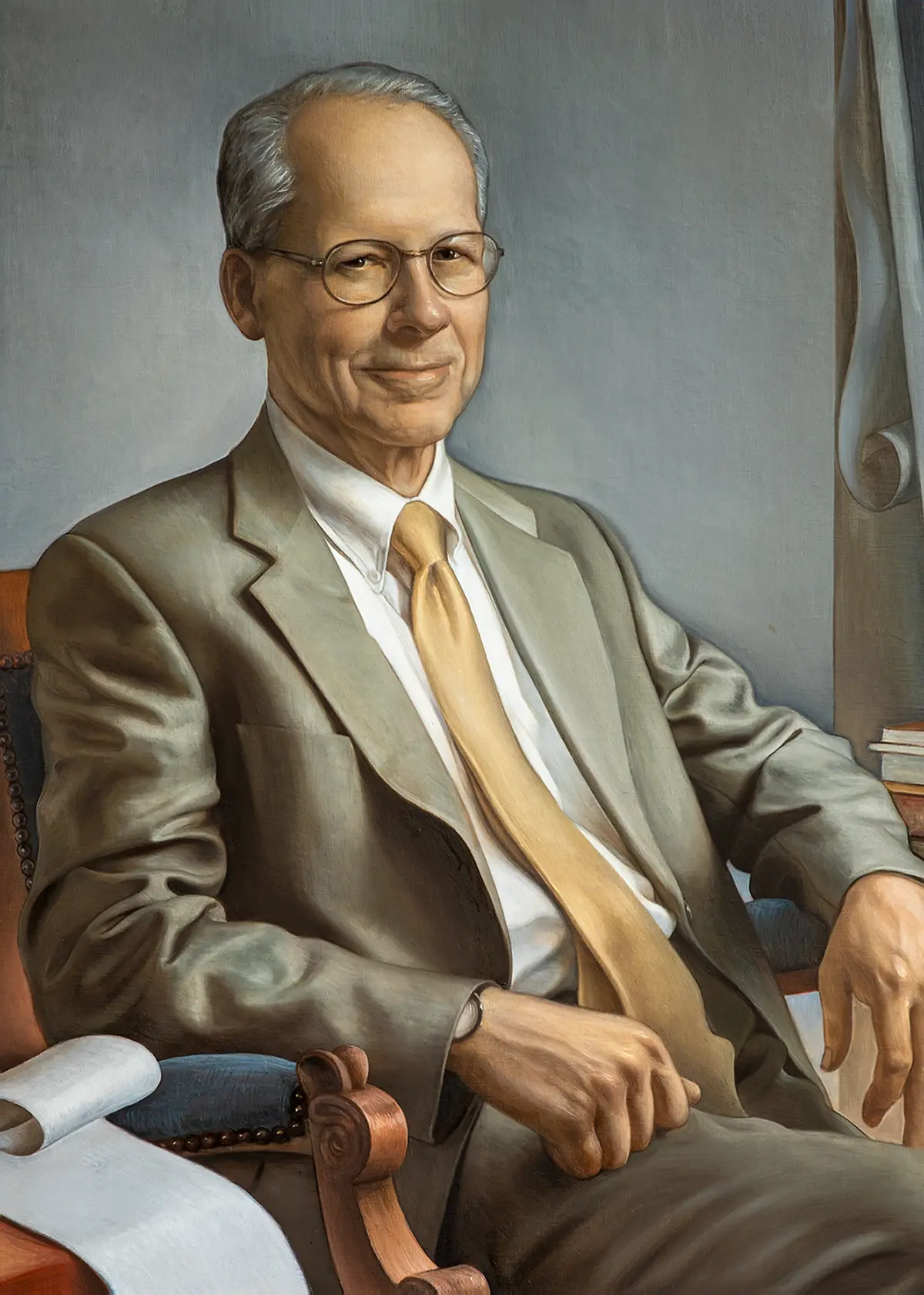
Awarded prize in 2009
Oliver Eaton Williamson was born in 1932 in Superior, Wisconsin. Interested in math and science, he enrolled in the engineering program at Ripon University, in a combined program with the Massachusetts Institute of Technology. After earning an undergraduate degree, he worked for three years before beginning doctoral studies at Stanford University’s Graduate School of Business. He soon discovered a fascination with economics. After learning of the unique interdisciplinary program in economics and organizational theory at the Carnegie Institute of Technology, he transferred to the Graduate School of Industrial Administration, earning his Ph.D. in 1963. He began as a faculty member at the University of California, Berkeley that fall. He subsequently held other appointments, returning to UC, Berkeley in 1988.
Williamson was jointly awarded the Nobel Prize in Economic Sciences in 2009 with Elinor Ostrom of Indiana University “for his analysis of economic governance, especially the boundaries of the firm.”
Williamson examined the firm, an entity that had previously been considered merely a “black box,” highlighting the real and complex way that companies operate. He developed “transactions cost economics” to study how variations in a company’s exchanges influence its ultimate organization. He demonstrated that, contrary to widely held belief, a very large corporation might be the most efficient structure, helping to inform the debate on “when should decision power be controlled inside an organization, and when should decisions be left to the market.” Williamson discovered that his work had broad application to transactions, organizations and both the private and public sectors. He has influenced the analysis of issues spanning antitrust policy to Eastern European investment.
Williamson writes of Carnegie Mellon:
On the advice of another new appointment to the business school, Charles Bonini, I came to learn about and became intrigued with the interdisciplinary program in economics and organization theory at Carnegie ... where I found my niche: the combination of economics and organization theory, as taught by the small but remarkable faculty of the Graduate School of Industrial Administration, to classes with a small but remarkable group of students. Seven Nobel Prizes in Economics have since been awarded to faculty and students at GSIA in its halcyon years. Jacques Drèze, who was a visitor, speaks for me and many others in his observation that “Never since have I experienced such intellectual excitement.”
Jointly awarded prize in 2004
Prescott and Kydland were jointly awarded the Nobel Prize in Economic Sciences “for their contributions to dynamic macroeconomics: the time consistency of economic policy and the driving forces behind business cycles.” The pair’s pioneering research changed macroeconomic thinking, specifically regarding economic policy and business cycles. They put forth the concept of “time-inconsistency,” in that governments will suffer credibility loss by a public that realizes later decisions may contradict earlier policy. For example, a government that does not enforce a drug patent in an effort to reduce its eventual monopoly price will experience a reduction in innovation. Their work on business cycles challenged the prevailing opinion that these cycles were driven by demand. They demonstrated that historical fluctuations in output and employment could be explained by changes in technology and learned that “business cycle fluctuations are the optimal response to real shocks. The cost of a bad shock cannot be avoided, and policies that attempt to do so will be counterproductive, particularly if they reduce production efficiency.”
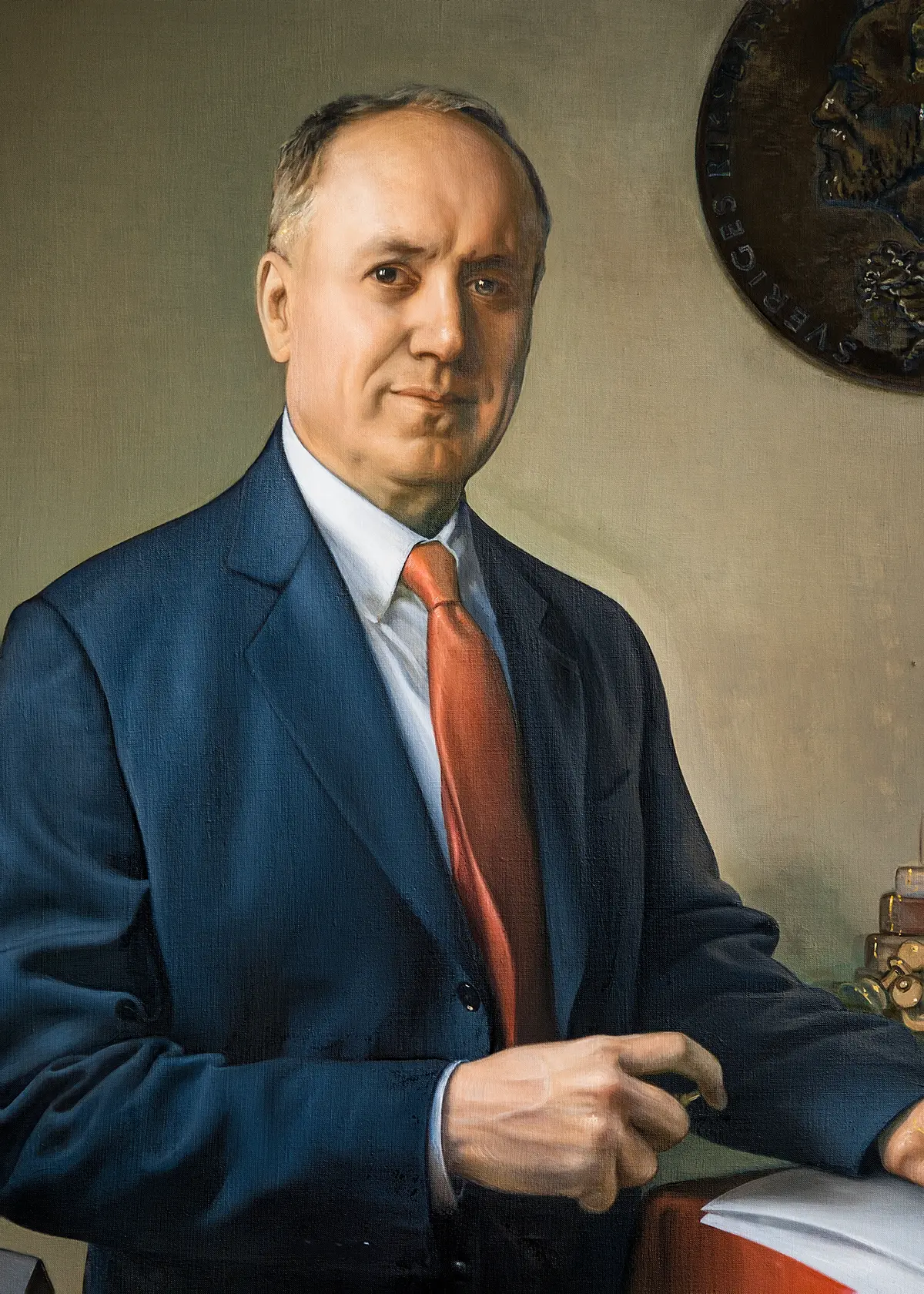
Edward C. Prescott was born in Glen Falls, New York in 1940. He received his undergraduate degree in mathematics from Swarthmore College, then went on to earn his master’s degree in operations research from Case Western Reserve University. He received his Ph.D. in economics from Carnegie Mellon’s Graduate School of Industrial Administration in 1967. After teaching at the University of Pennsylvania, he returned to Carnegie Mellon as a faculty member until 1980, when he accepted a position at the University of Minnesota. He is currently a faculty member at Arizona State University.
Prescott writes of Carnegie Mellon:
I truly enjoyed my graduate school days at GSIA. I arrived there as a student the same year Robert E. Lucas Jr. ... arrived as a freshly minted assistant professor. I did not take many economics courses at GSIA, but the capital theory of Bob Lucas was important, as was the growth theory course that Mike Lovell and Mort Kamien taught. I took a number of courses outside of GSIA, and the one taught by Allen Newell, one of the fathers of artificial intelligence, was exciting. The reason I took Newell’s course was that I found what Herbert A. Simon ... said about artificial intelligence fascinating. Herb was a person who forced you to think and to take clean positions. With exceptional minds like these around, GSIA was an intellectually exciting place to be.
There was considerable interaction between the younger faculty and the graduate students. Bob Lucas, a junior faculty member, and I became lifelong friends.
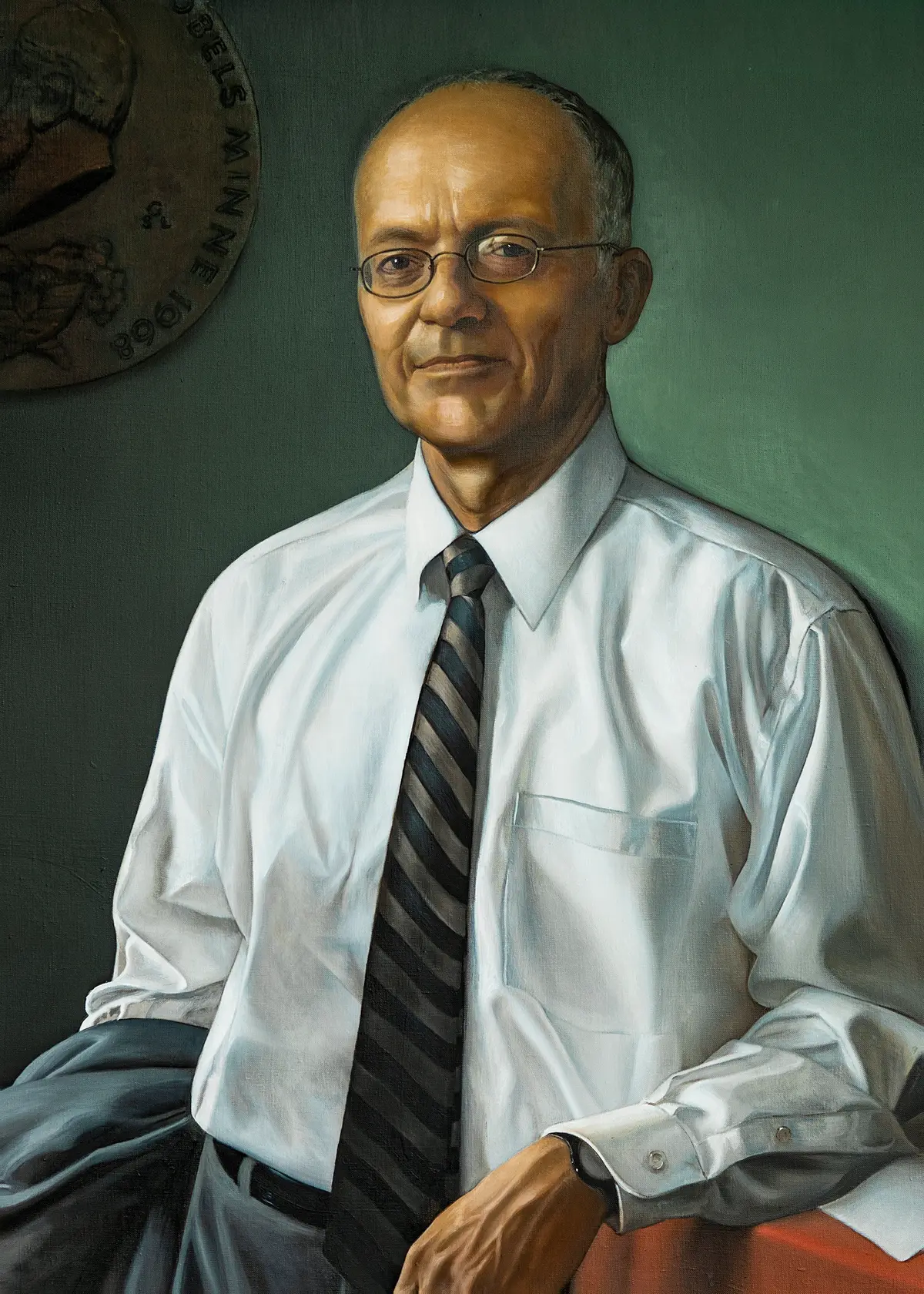
Finn E. Kydland was born in the small farming town of Gjesdal, Norway, in 1943. He received his undergraduate degree from the Norwegian School of Economics (NHH) with the intention of becoming a business manager. He instead accepted a research assistant position offered by his economics professor and accompanied him to Carnegie Mellon’s Graduate School of Industrial Administration in 1969. While there, Kydland elected to pursue his doctorate in economics, which he earned in 1973. He taught at NHH until 1977, then took a faculty position at Carnegie Mellon, which he held until 2004. He is currently on the faculty of the University of California, Santa Barbara.
Kydland writes of Carnegie Mellon:
I still remember vividly when Sten Thore first took me to the Graduate School of Industrial Administration (GSIA) at Carnegie Mellon University. We entered the building through the back entrance and immediately, on the back steps, met two professors. ... One was Herb Simon. ... GSIA was (and is) unusual in at least two ways. One was the small class size, which promoted a cooperative environment among the students. Also, there was relatively little course work. Most of the material taught was foundational, with emphasis on tools to put the student right on the research frontier. ... In August 1971, I happened to run into a new professor.... He introduced himself to me as Ed Prescott and asked what I was working on. Evidently, he liked what I told him. ... [He] insisted on becoming the chairman of my committee. ... Thus started in earnest years of productive and much-appreciated interaction with Prescott.
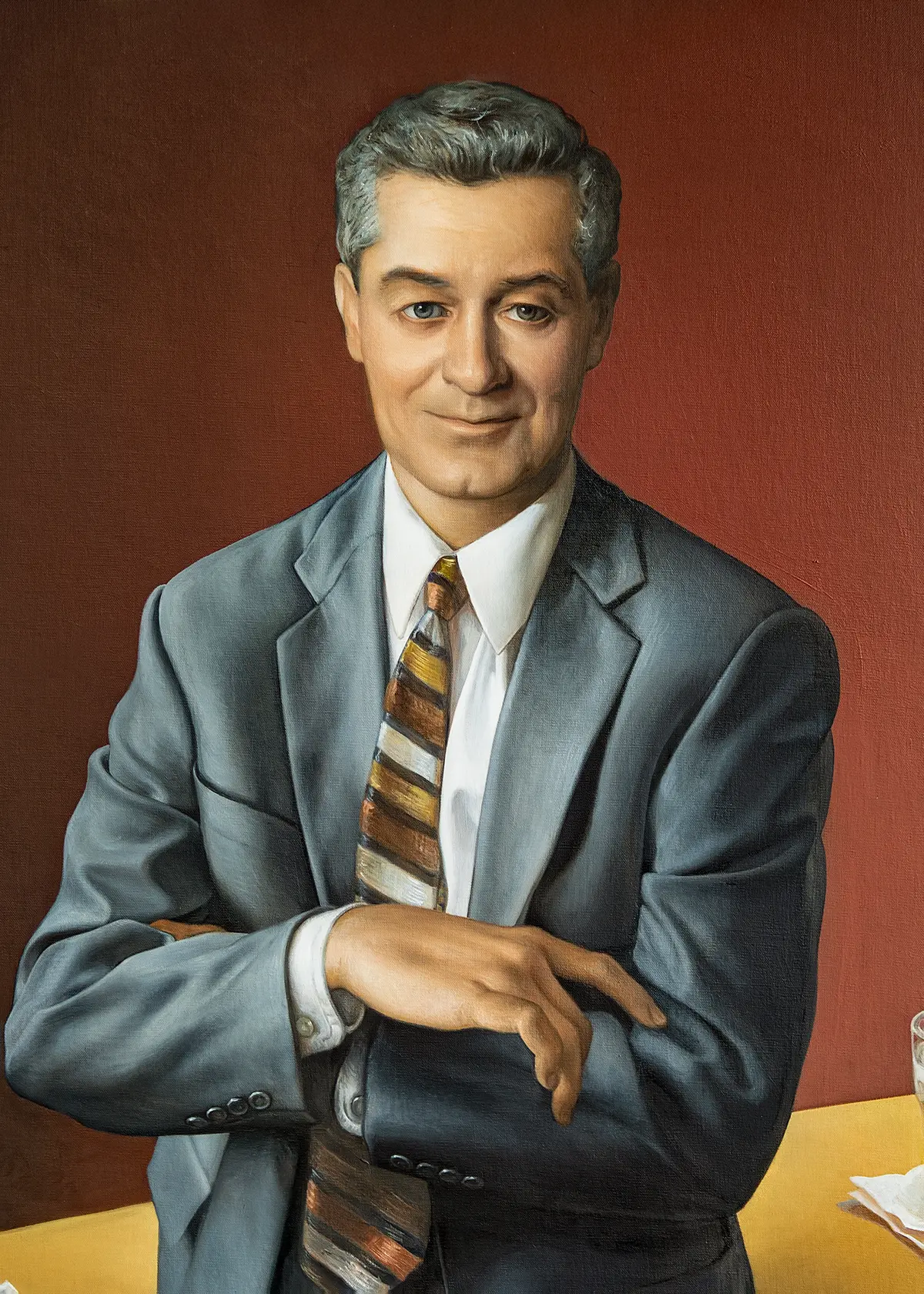
Awarded prize in 1995
Robert Emerson Lucas, Jr. was born in Yakima, Washington, in 1937 and raised in nearby Seattle. With an interest in math and science, he planned to become an engineer. The University of Chicago, however, had offered him a scholarship and had no engineering school. He became a history major, eventually entering a doctoral program at the University of California. Upon discovering a fascination with economics, he returned to Chicago, where he earned his Ph.D. in 1964. Lucas began a faculty position in 1963 at Carnegie Mellon’s Graduate School of Industrial Administration. He returned to the University of Chicago in 1974, the position he holds today.
Lucas was awarded the Nobel Prize in Economic Sciences in 1995 “for having developed and applied the hypothesis of rational expectations, and thereby having transformed macroeconomic analysis and deepened our understanding of economic policy.”
Lucas revolutionized macroeconomic study with work that led to the Nobel prize-winning research of Finn Kydland and Edward Prescott. Lucas put forth the theory of “rational expectations,” in which a rational public develops expectations regarding fiscal and monetary policy. Results of policy will then depend on these expectations and whether the government acts in accordance with them. He also introduced what is known as the “Lucas Critique,” which states that macroeconomic models based on a certain set of expectations will be rendered useless regarding future predictive ability should those expectations change. For example, “anticipated changes in money growth have very different effects from unanticipated changes.”
Lucas writes of Carnegie Mellon:
In 1963 Richard Cyert, the new dean of the Graduate School of Industrial Administration ... offered me a faculty position. I had met Allan Meltzer and Leonard Rapping ... and I knew GSIA would be a stimulating and congenial place for me. GSIA’s leading intellectual figure was Herbert Simon. ... During my years there, Carnegie Mellon had a remarkable group of economists interested in dynamics and the formation of expectations. Foremost, of course, was John Muth. ... It would be hard to think of a better group of colleagues, given my interests in economic dynamics.
At Carnegie, I became involved in two collaborations, both of which bore immediate fruit and also influenced my thinking for years afterward. One of these was a project with Leonard Rapping. ... Edward Prescott had come to GSIA as a doctoral student in the same year I joined the faculty. ... During this brief period my whole point of view of economic dynamics took form ... in a way that has served me well ever since.
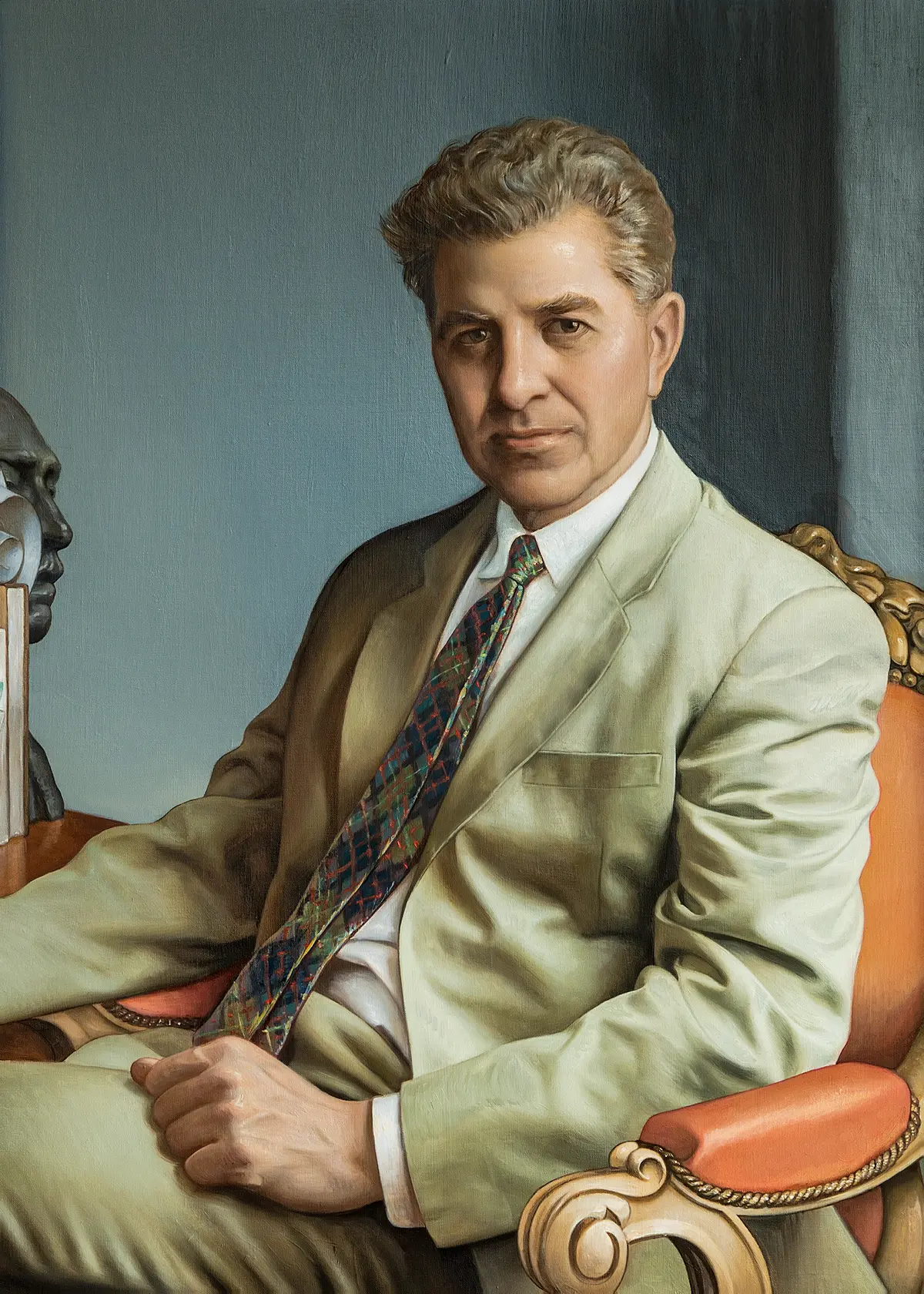
Awarded prize in 1990
Merton H. Miller was born in Boston, Massachusetts, in 1923. He earned an undergraduate degree in economics from Harvard University in 1944, then worked as a government economist until he enrolled in the doctoral program at Johns Hopkins University in 1949. He served on the faculty at Carnegie Mellon’s Graduate School of Industrial Administration from 1953 to 1961, moving on to the University of Chicago, where he remained.
Miller was jointly awarded the Nobel Prize in Economic Sciences with Harry M. Markowitz and William F. Sharpe “for their pioneering work in the theory of financial economics.” Miller’s groundbreaking work with Franco Modigliani resulted in the “Modigliani-Miller theorem.” This posited that in perfect, frictionless capital markets, firm value would depend solely on its investment policy, and would be independent of its financing (capital structure) and payout (dividend) policies.
Miller wrote of Carnegie Mellon:
I went to Carnegie Institute of Technology ... whose Graduate School of Industrial Administration was the first and most influential of the new wave of research-oriented U.S. business schools. Among my colleagues at Carnegie were Herbert Simon ... and Franco Modigliani. ... Modigliani and I published the first of our joint M&M papers on corporation finance in 1958 and we collaborated on several subsequent ones until well into the mid-1960s.
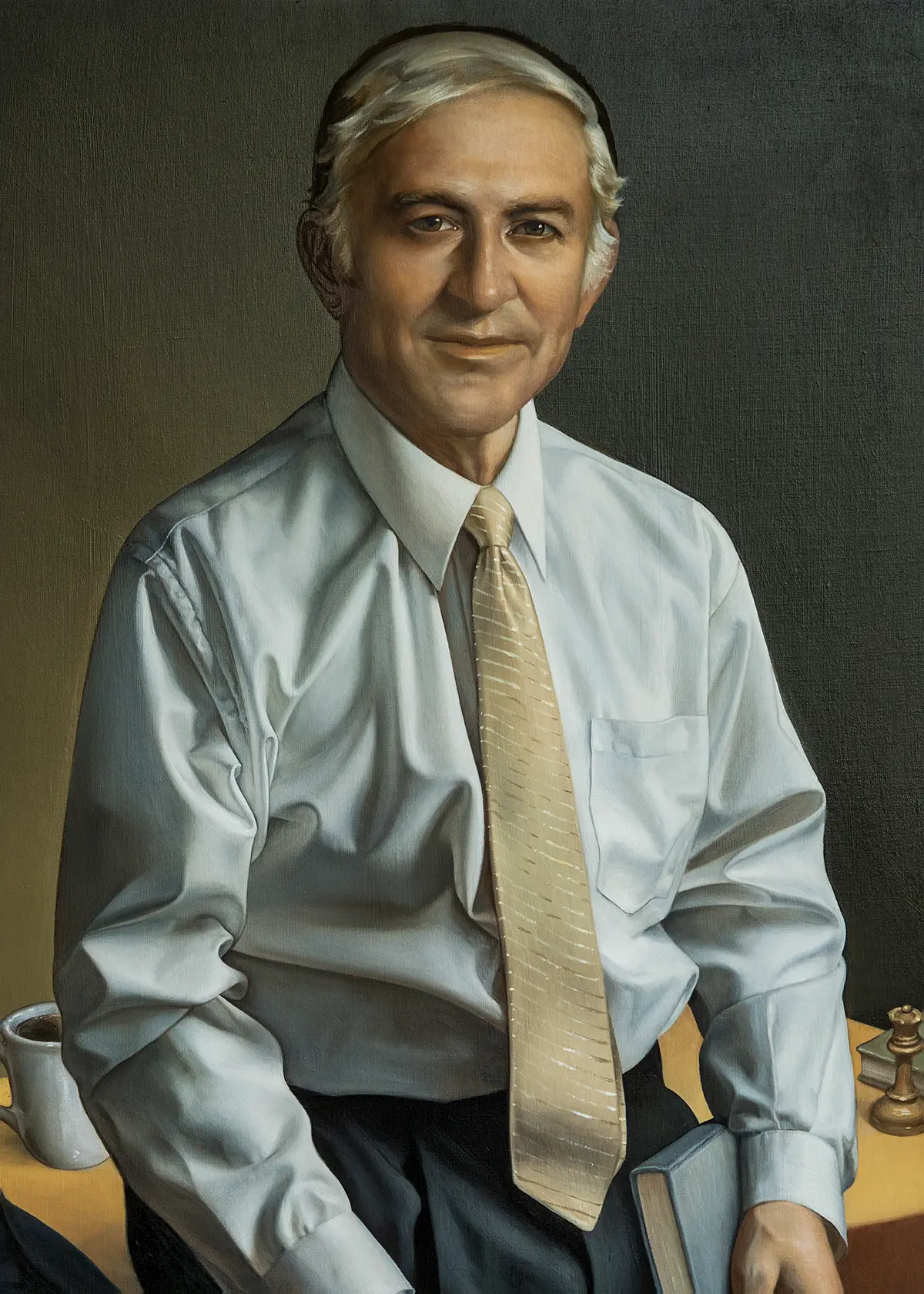
Awarded prize in 1985
Franco Modigliani was born in Rome, Italy, in 1918. He entered the University of Rome at 17 to study law and received his doctor juris in 1939. Fearing war, he immigrated to the U.S. that same year, arriving in New York just days before WWII began. He was granted a fellowship to the New School for Social Research, studying at night while selling books during the day. He began teaching in 1941 and completed his doctorate in 1944. After a number of appointments, he joined the faculty at Carnegie Mellon’s Graduate School of Industrial Administration in 1952. In 1962, he became a faculty member at the Massachusetts Institute of Technology, where he remained.
Modigliani was awarded the Nobel Prize in Economic Sciences “for his pioneering analyses of saving and of financial markets.” He developed the “life-cycle theory,” stating that individuals store wealth during their working years to consume during their old age. The theory helped to explain varied savings rates in differing populations. He also did groundbreaking work with Merton Miller, developing the “Modigliani-Miller theorem.” This posited that in perfect, frictionless capital markets, firm value would depend solely on its investment policy and would be independent of its financing (capital structure) and payout (dividend) policies.
Modigliani wrote of Carnegie Mellon:
My association with Carnegie, which lasted [from 1952] until 1960, was a very productive one. In addition to completing the two basic papers setting the foundations for the “Life Cycle Hypothesis,” I collaborated on a book dealing with the problem of optimal production smoothing and wrote the two essays with Miller on the effect of financial structure and dividend policy on the market value of a firm. I also published a paper with E. Grunberg on the predictability of social events when the agent reacts to prediction, which later was to provide one of the pillars for the “theory of rational expectations.” All of these contributions represented, to some extent, the coming to fruition of seeds started during my research on “Expectations and Business Fluctuations.”
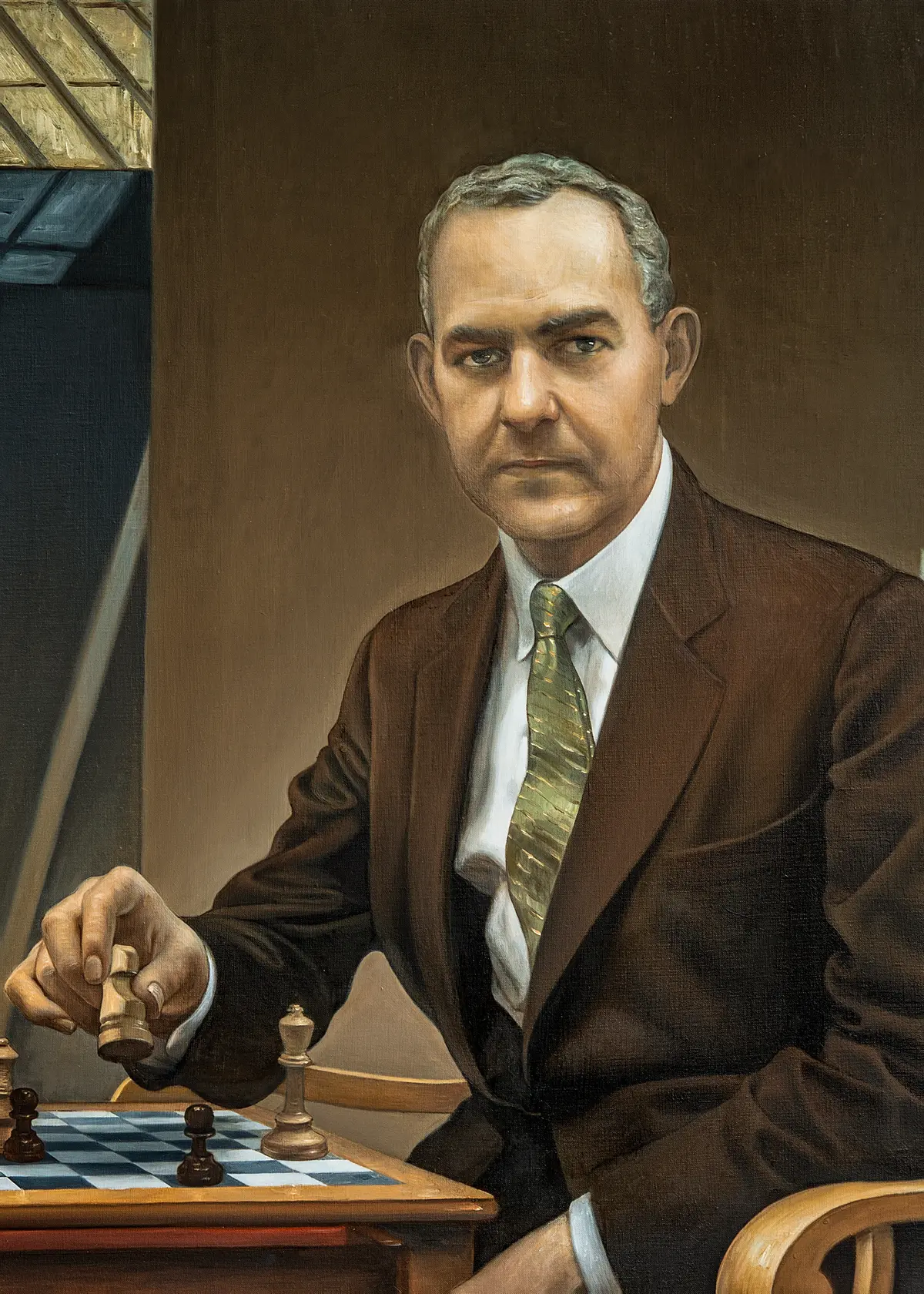
Awarded prize in 1978
Herbert A. Simon was born in Milwaukee, Wisconsin, in 1916. As a child reading his uncle’s psychology and economics books, he became interested in the idea that human behavior could be scientifically examined. He enrolled at the University of Chicago with the goal of becoming a “mathematical social scientist,” earning his undergraduate degree and doctorate in political science in 1936 and 1943, respectively. Following work at the University of California, Berkeley and the Illinois Institute of Technology, he came to Carnegie Mellon University in 1949 to help establish the Graduate School of Industrial Administration. He remained at Carnegie Mellon until his death in 2001.
Along with the Nobel Prize, Simon won many other awards for his work, including the A.M. Turing Award and the National Medal of Science. While his research spanned computer science, psychology, business administration and economics, his primary interest was in human decision-making. He is regarded as a founder of the field of artificial intelligence.
Simon was awarded the Nobel Prize in Economic Sciences “for his pioneering research into the decision-making process within economic organizations.” He questioned the prevailing view of rational decision-making and simple profit maximization, arguing that because gathering information is costly and difficult, decision-makers and firms ‘satisfice,’ or accept the best that they think is possible.
Simon wrote of Carnegie Mellon:
In 1949, Carnegie Institute of Technology received an endowment to establish a Graduate School of Industrial Administration. I left Chicago for Pittsburgh to participate with G.L. Bach, William W. Cooper and others in developing the new school. Our goal was to place business education on a foundation of fundamental studies in economics and behavioral science. We were fortunate to pick a time for launching this venture when the new management science techniques were just appearing on the horizon, together with the electronic computer. As one part of the effort, I engaged with Charles Holt, and later with Franco Modigliani and John Muth. ... Meanwhile, however, the descriptive study of organizational decision-making continued as my main occupation, in this case in collaboration with Harold Guetzkow, James March, Richard Cyert and others. ... About 1954, [Allen Newell] and I conceived the idea that the right way to study problem-solving was to simulate it with computer programs. Gradually, computer simulation of human cognition became my central research interest.